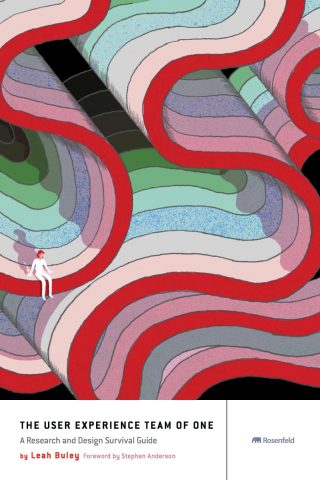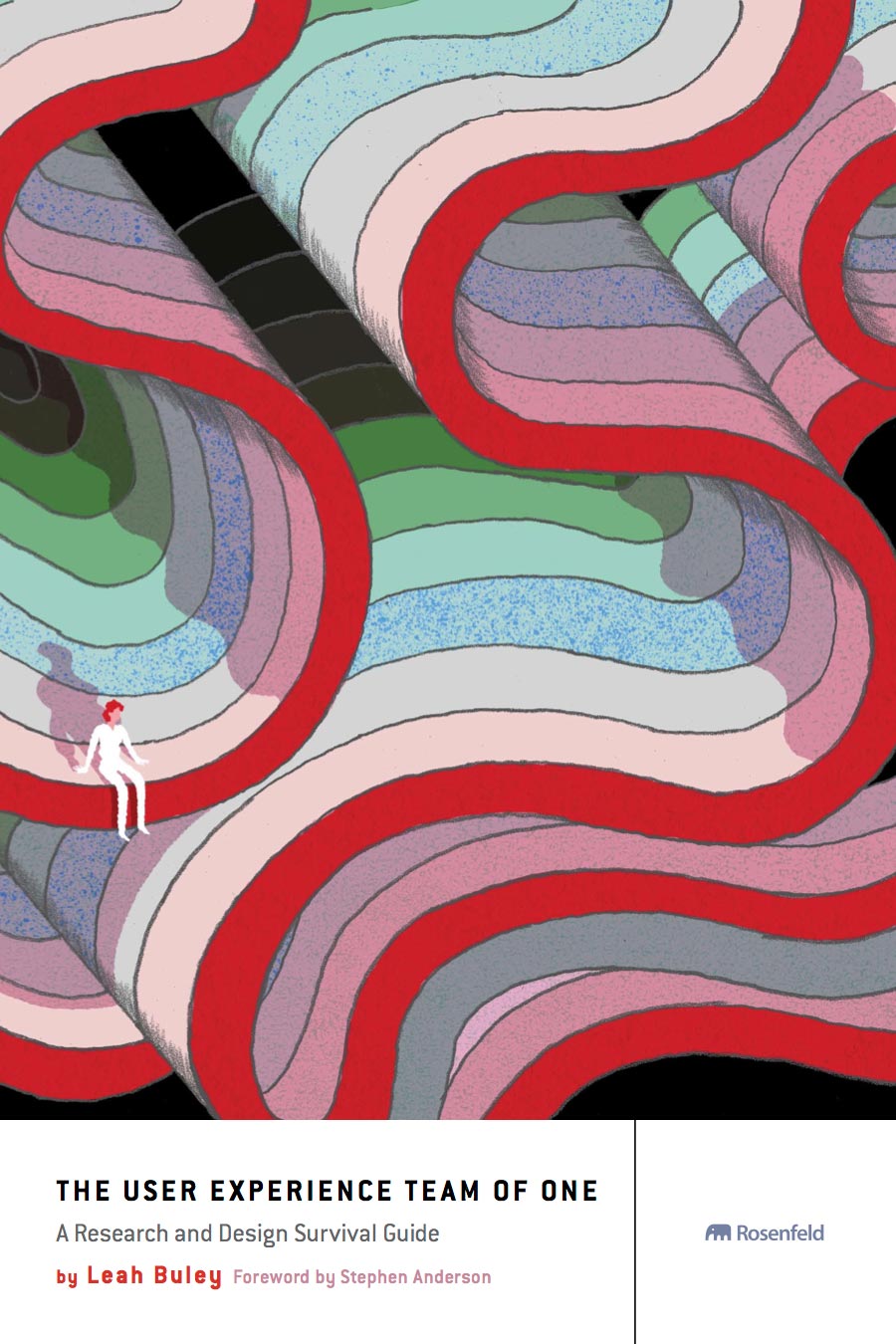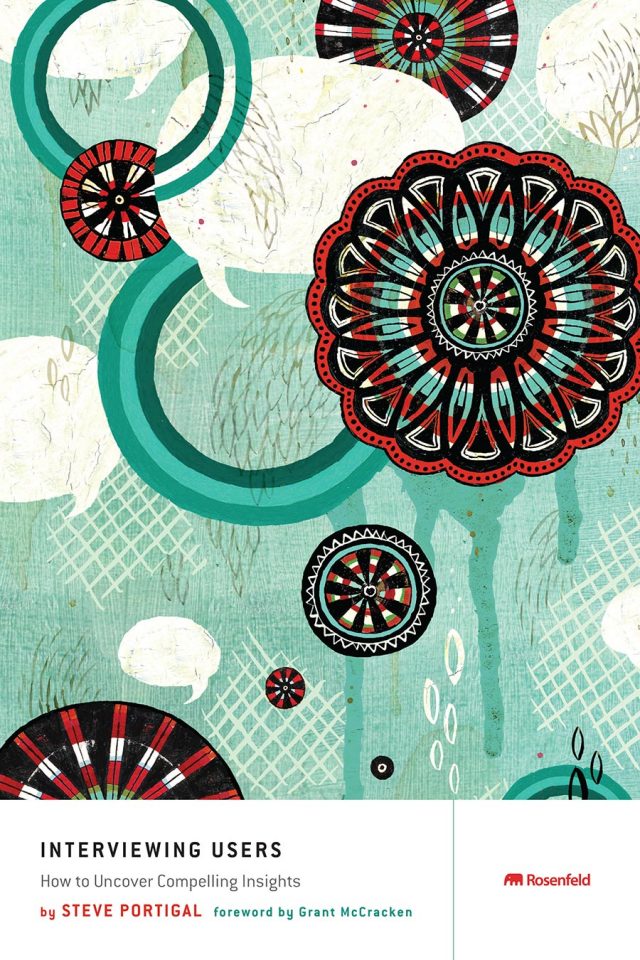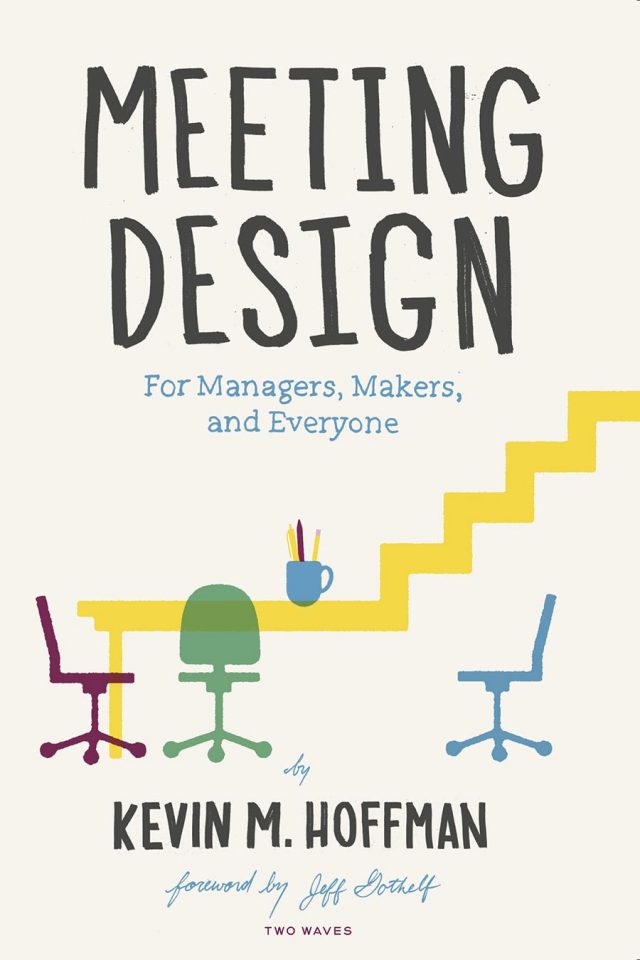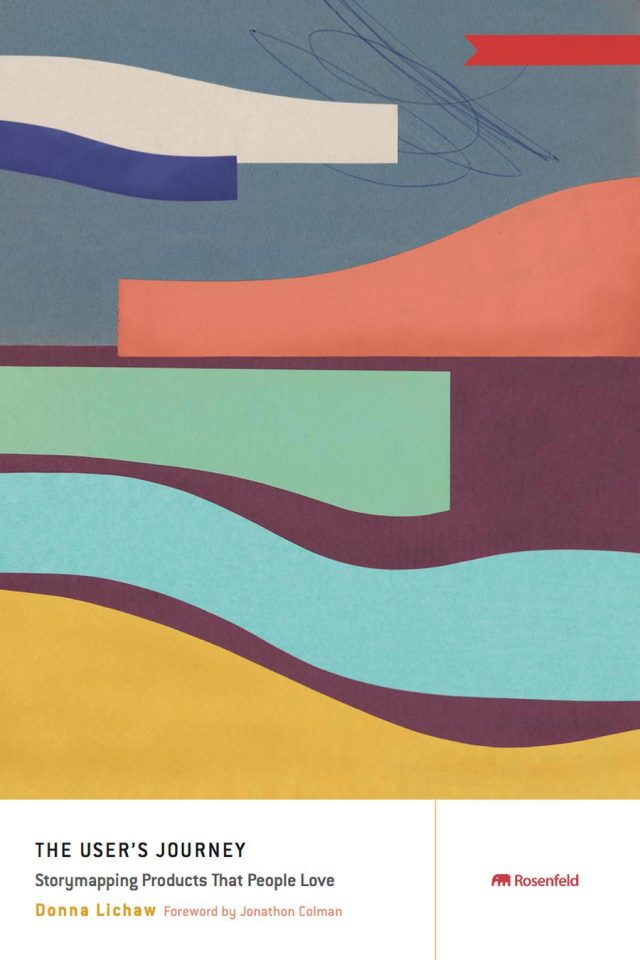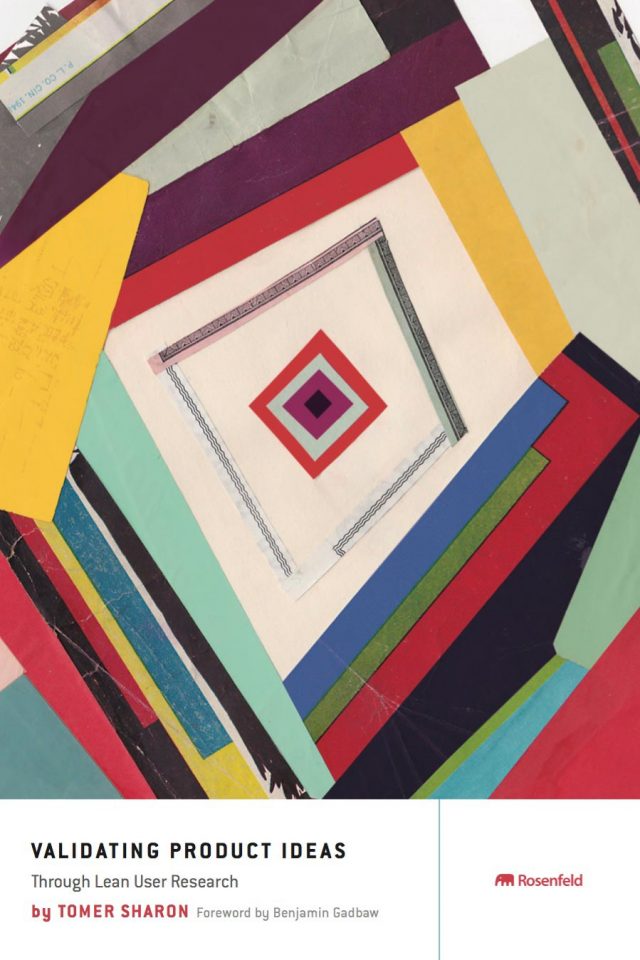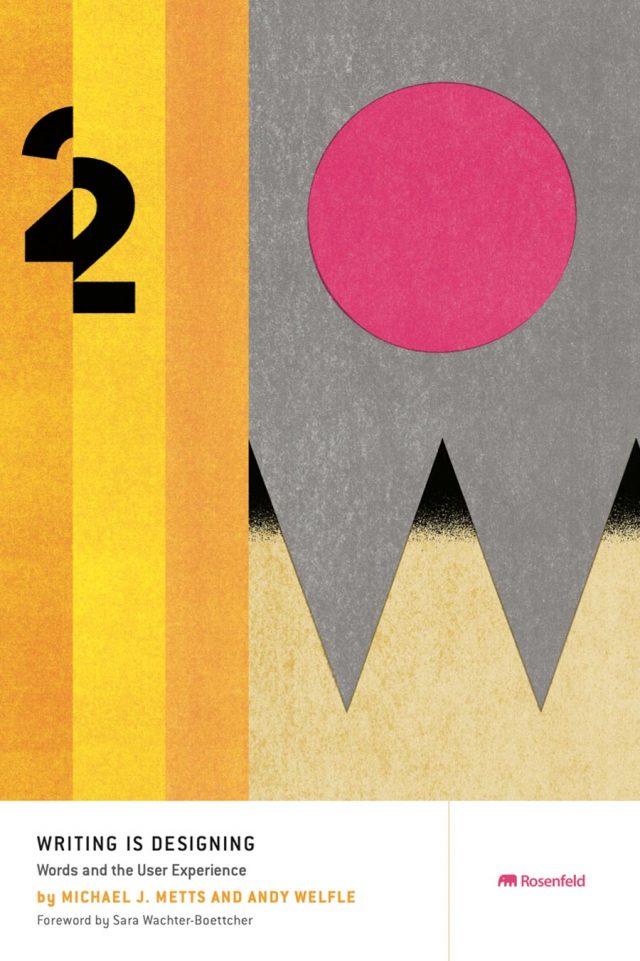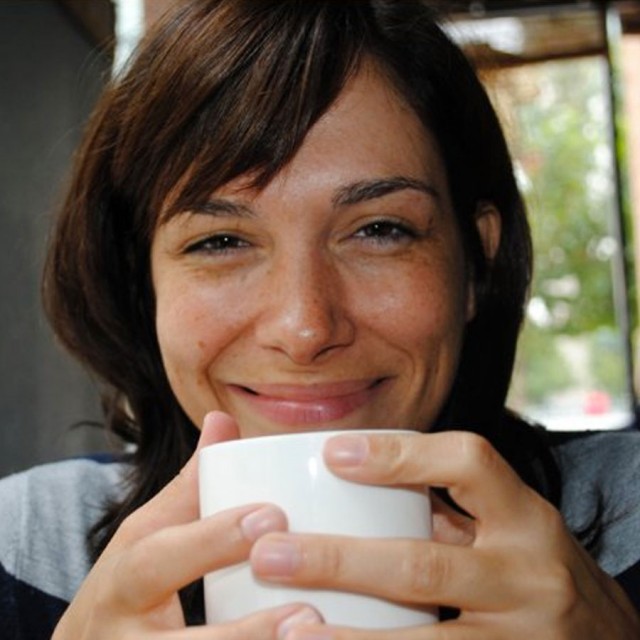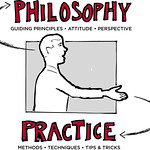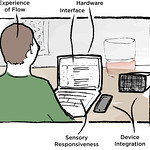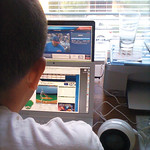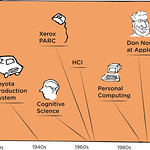There are some things you should never do at the same time: Move. Have a baby. Adopt a puppy. Change jobs. Leah did all of this while also writing this book.
And while anyone who knows Leah shouldn’t be surprised by her ability to pull all of this off, this speaks to a tenacity shared by those who find themselves in a “UX Team of One.” There’s a certain amount of grit, or perhaps it’s foolhardiness, that allows us to plunge into the unknown, the untried, the undiscovered.
My own entry into the user experience world was a solitary one: dot-com boom. Lone visual designer. Surrounded by a team of engineers. Like many others, I had to look around and figure out on my own how to do things. Fifteen years later, I’m delighted to report that’s still the case.
Even as a consultant, hired for my expertise, I’m still learning and making stuff up as I go along. We all are! What’s more, this learning is not all solitary—we have the shared experiences of a maturing community to draw upon. What Leah has shared in this book will no doubt add new tips and processes to your own bank of knowledge, as it has mine.
But, beneath all the artifacts and processes, there’s something more that keeps us going, something timeless, something fundamental: grit and curiosity. These traits are what keep us in the game. I suspect most of us aren’t happy to leave well enough alone. And it is this dissatisfaction, this searching for something better, combined with a deep empathy, which defines the UX community. Everything else flows from this core.
I was fortunate to see Leah debut her “UX Team of One” talk at the 2008 Information Architecture Summit. (I still have my button!) Aside from a stellar presentation to a standing-room-only crowd, I recall Leah’s no-nonsense approach to design. From the hand-sketched slides to the quick exploration of different ways to refresh an aging online service, it all just made sense. Cut the crap, do what needs to be done. No more, no less. Her presentation was at once obvious and inspiring. That was one of the few slide decks I looked for after the conference. Which is why I was thrilled to find out later that Leah would be sharing these ideas in a book. We need to exchange rigid processes for more flexible ways of responding. Yes, there’s merit to a hardened, repeatable process, or having a team of specialists to work with, but working alone means jumping in there and getting things done, whatever it takes! No nonsense. No formal process. This is better than defined roles and responsibilities. Working alone brings with it a certain amount of freedom and autonomy. We can shape the path before us. For this reason, working alone is something to savor, rather than endure. Certainly, individuals need a team to pull off great things. But I’ve found that nearly every successful product story can be traced back to one or more devoted mavericks, individuals who pushed forward, against all odds.
And here’s the bigger truth: Whether you find yourself all alone or in a team of like-minded folks, we are all individuals with a unique voice, opinions, and diverse experiences that define us. We are all a UX Team of One. My challenge to you: Draw upon this diversity—magical things happen at the intersection of seemingly unrelated ideas. Don’t let a job title define you. Do what makes sense, not what process dictates. And most of all, never stop playing and learning. If we can all hang on for the ride, there is no limit to the places we‘ll go!
—Stephen P. Anderson,
author of Seductive Interaction Design
